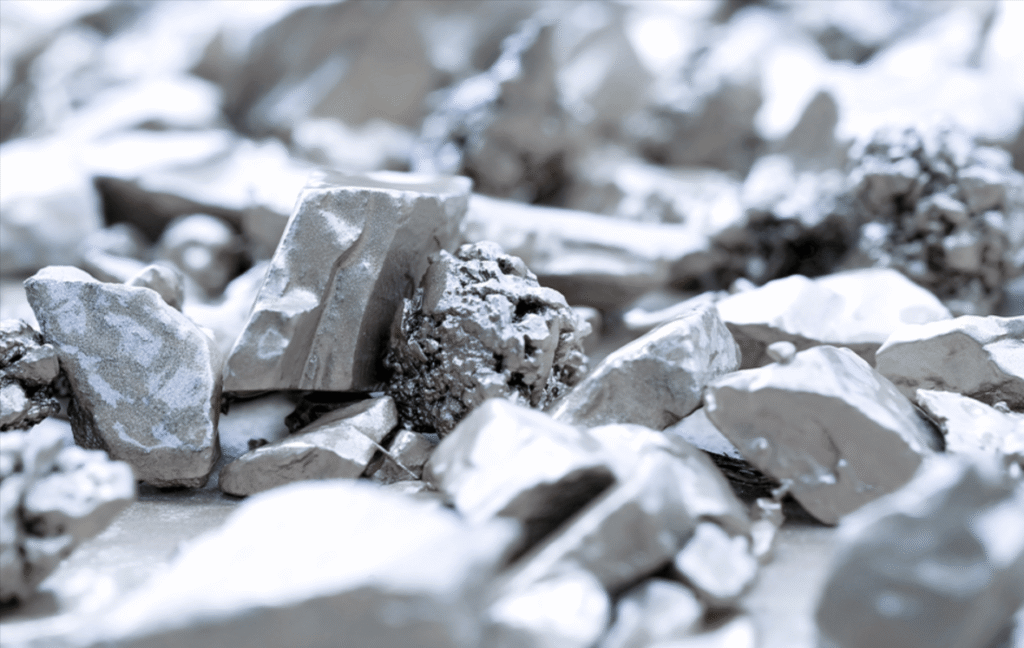Top 10 Fascinating Facts About Silver

Fascinating Facts About Silver
Silver is among the most fascinating and adaptable metals found on Earth. It is renowned for its stunning shine and extraordinary conductivity, it has been utilized for many thousands of years in currency, jewelry as well as in art and industry. There’s a lot that goes beyond what what’s apparent! Here are a few interesting facts about silver that show its distinctive characteristics, historical significance, and its modern uses.
1. Silver is the Most Reflective Metal
Silver has the greatest reflectivity that any other metal can, reflecting more than 95 percent of the visible spectrum. This makes it the ideal material for reflective coatings and mirrors. However, pure silver is prone to get tarnished easily when exposed sulfur compounds and air that is why the majority of modern mirrors are coated in an aluminum layer instead. Reflectivity is one of the reasons why silver is popular in jewelry, giving it a beautiful shining shine which has made it a classic popular choice.
2. Best Conductor of Electricity and Heat
In terms of conductivity, silver is the best choice. It’s the most thermally and electrically conducive of all elements. It’s even more conductor than copper, which is the reason it is used in the most the most high-end electrical devices, such as solar panels, circuit boards and electronic. However, despite its efficiency it is still used more often because it’s more affordable, but silver is essential for equipment in which the highest conductivity is required.
3. Silver Has Antibacterial Properties
Silver has been prized because of its antibacterial properties since the beginning of time, going from the beginning of time. It is believed that the Greeks and Romans utilized silver vessels for storing food and water as well as food items. During in the Middle Ages, it was believed to be a shield against plague. Silver nanoparticles today are found for medical equipment, dressings and even clothes to in preventing the spread of bacteria. Silver-coated instruments and wound dressings are also popular in hospitals due to its ability to prevent infections.
4. Silver is Used in Solar Panels
As the world shifts towards renewable energy sources, silver is now an integral component of solar technology. The photovoltaic (PV) cells found in solar panels utilize silver to conduct electric current, as well as silver-based paste glued on silicon cells to improve efficiency. Each solar panel is made up of around 20 grams silver and in light of the growing need for renewable energy silver’s use in solar technology is predicted to grow over the next years.
5. Silver is a Key Element in Photography
Prior to when digital cameras were introduced, silver was an important part in the traditional photography. Silver halides were utilized in film photography to capture light, resulting in an image when exposed it. Although digital photography has generally substituted film for photography, the silver is utilized in some professional high-quality films as well as black-and-white photography. Its place in photography might be diminished however, it is still an integral aspect of the history of photography.
6. The First Coins Were Made of Silver
Silver was among the first materials used in the production of coins that date to the time of 600 BCE in the ancient city of Lydia (modern-day Turkey). Because of its rarity, quality, and durability silver soon became an ideal choice for coins in a variety of cultures. Silver coins were popular throughout America U.S. until 1965, which saw the price of silver rise, leading to a change towards cheaper materials. Nowadays, silver is a favorite for commemorative and collectible coins keeping its status being one of the first types of currency.
7. Silver is a Noble Metal
Silver is a member of a set of metals referred to by the term “noble metals,” which are resistant to corrosion and oxidation. This includes platinum, gold and palladium. They are all prized by their durability and the ability to resist wear and tear. While silver is susceptible to get tarnished if subjected to sulfuric acid, it does not get corroded or rust as quickly as other metals. This makes silver the ideal material for long-lasting things like cutlery, jewelry and even coins.
8. Mexico is the Largest Producer of Silver
Mexico is world’s biggest silver producer which is being followed by Peru and China. Mexico has a long heritage of mining for silver dating as far back as pre-Columbian time, and is a world top producer of silver. Cities such as Taxco located in Mexico are well-known because of their mining operations and workmanship that draw tourists from all over the globe. Silver is a significant element of Mexico’s economy as well as culture, and Mexican jewellery made of silver is sought-after because of its high-end quality and beautiful design.
9. Sterling Silver Isn’t Pure Silver
If you have silver jewelry is likely to be made of sterling silver instead of pure silver. The alloy of sterling silver made up of 92.5 percent silver and 7.5 percent of other metals, most commonly copper. Pure silver is soft for the majority of uses So copper is incorporated to help strengthen it, while also preserving its luster and color. Sterling silver is very robust and retains its sparkling appearance, which makes it perfect for cutlery, jewelry, and other decorative things.
10. Silver Plays a Role in Medicine
Silver is commonly employed in the medical field due to it’s antibacterial, healing and warming properties. Silver sulfadiazine is a topical cream that is silver-based is used extensively for treating burns and preventing infections from open wounds. In addition, silver ions are employed in water purification as well as some medical implants to inhibit the growth of bacterial. The role of silver in medicine is continually changing, and there is continuous research into its possibilities to treat infections and aid in wound healing.
Last Words
From its incredible conductivity, to its rich tradition of medicine and coinage silver is a unique metal that influences our lives in a variety of ways. The gleam of a piece or the durability of a phone or the reflection of a mirror, it is a key component in everyday life as well as high-tech applications. While industries continue to come up with inventive ways to utilize silver, the metal is just as valuable and vital as ever. Its beauty, versatility and practicality make silver an amazing resource that will continue to amaze and enrich the lives of people for many decades to come.






